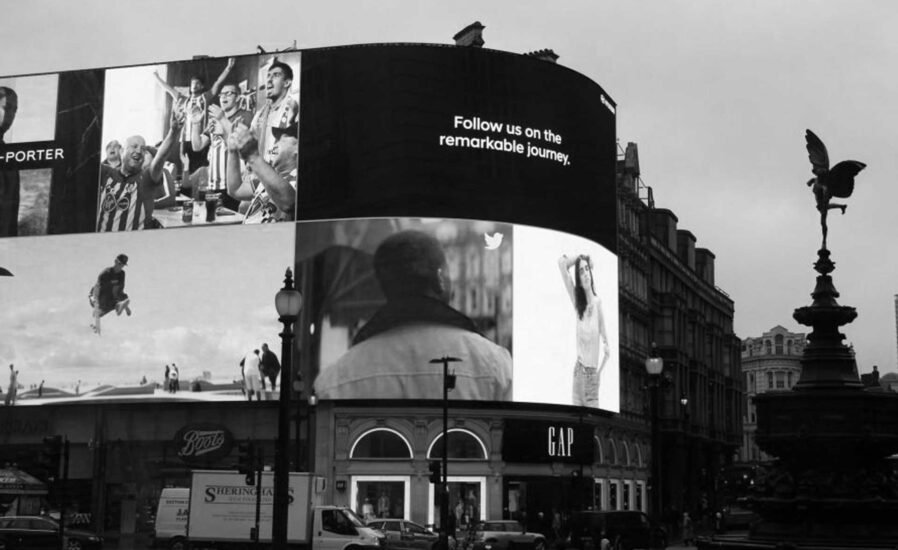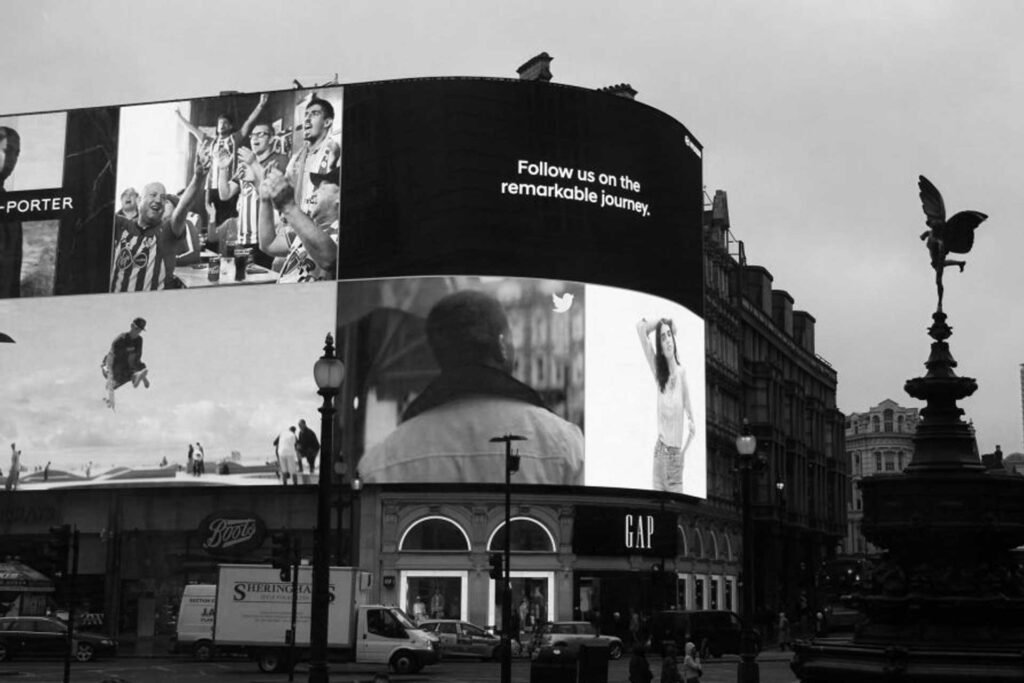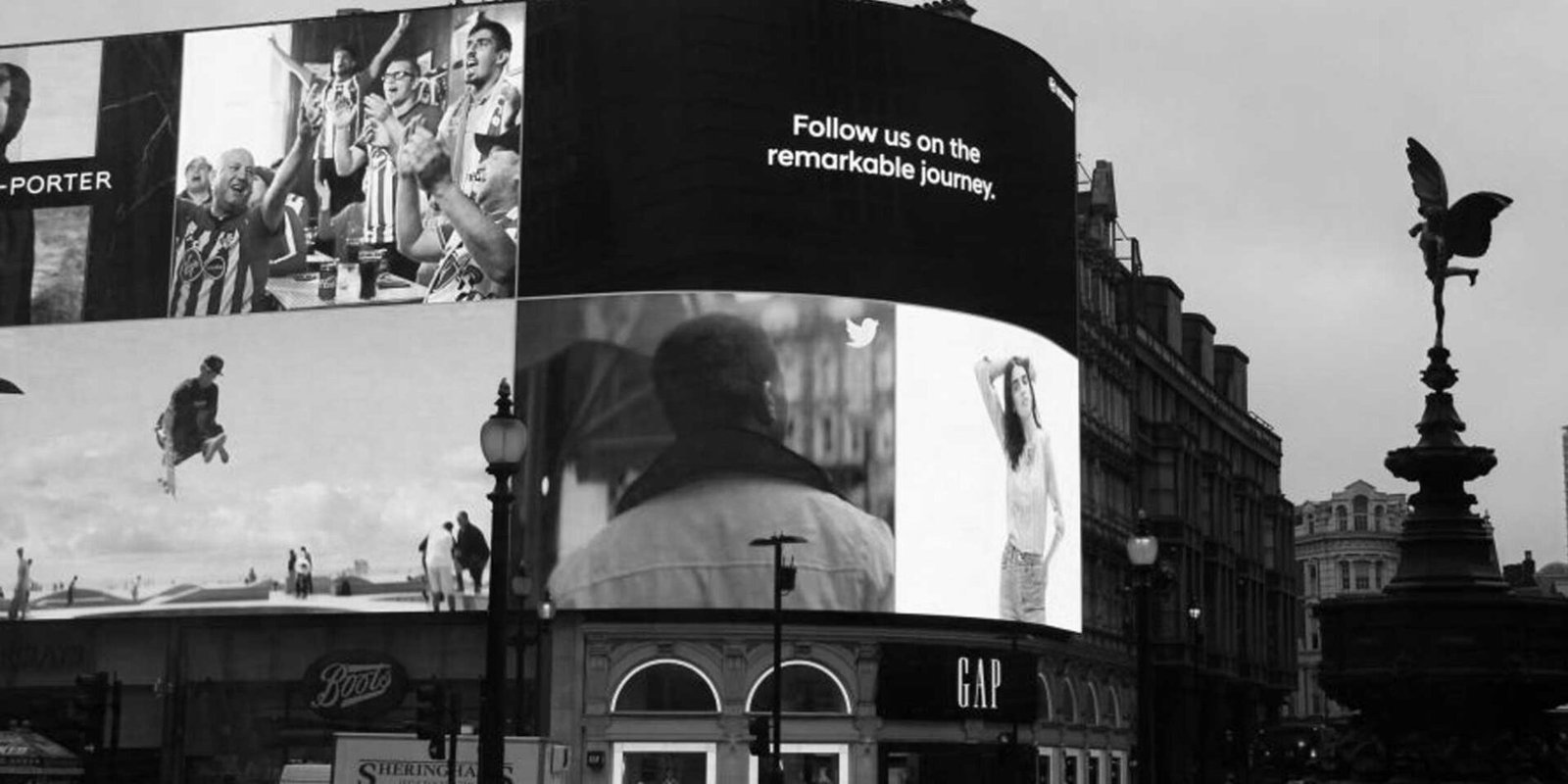

In the realm of outdoor advertising, 3D digital billboards stand out as captivating marvels of technology. These dynamic displays utilize a combination of advanced hardware and software to create immersive visual experiences that leave a lasting impression on viewers. Let’s take a closer look at the intricate workings of these innovative billboards.
Advanced Technology
At the core of every 3D digital billboard is a sophisticated LED screen. These screens boast high resolution and brightness, allowing them to showcase images and videos with stunning clarity, even in broad daylight. Unlike traditional billboards, which rely on static images, 3D digital billboards harness the power of specialized software to create dynamic and eye-catching visuals.
Simulating Depth
The magic of 3D digital billboards lies in their ability to simulate depth perception. They achieve this effect through techniques such as stereoscopy and parallax scrolling. Stereoscopy involves presenting slightly different images to each eye, mimicking the way humans perceive depth in the real world. Parallax scrolling further enhances the illusion by moving foreground and background elements at different speeds, creating a sense of depth and dimensionality.
Optimal Viewing Angles
To ensure that the 3D effect is visible from various vantage points, 3D digital billboards are strategically positioned and calibrated. The arrangement of the LED panels and the angle at which they are tilted are carefully adjusted to maximize the viewing experience for pedestrians, motorists, and passersby. This meticulous attention to detail ensures that the illusion remains convincing and impactful, regardless of the viewer’s position relative to the billboard.
Dynamic Content Creation
In addition to simulating depth, 3D digital billboards leverage dynamic content to engage viewers and enhance the overall experience. Advertisers often employ motion graphics, animations, and interactive elements to captivate audiences and encourage interaction. These dynamic visuals not only grab attention but also provide a platform for creative storytelling and brand expression.
Overcoming Technical Challenges
While 3D digital billboards offer unparalleled visual impact, they also present unique technical challenges. Factors such as weather conditions, ambient light levels, and viewing distances can affect the visibility and effectiveness of the displays. Additionally, maintaining synchronization between multiple LED panels and optimizing content for seamless playback requires careful planning and ongoing maintenance.
Applications and Benefits
The versatility of 3D digital billboards extends beyond traditional advertising. They find applications in various industries, including retail, entertainment, and public spaces. Whether promoting products, enhancing urban landscapes, or providing real-time information, these dynamic displays offer endless possibilities for creativity and engagement.
Future Innovations
As technology continues to evolve, the future of 3D digital billboards holds exciting possibilities. Advancements in augmented reality (AR), virtual reality (VR), and holographic displays could further enhance the immersive nature of these billboards, blurring the lines between the physical and digital worlds.
In conclusion, 3D digital billboards represent a convergence of art and technology, pushing the boundaries of traditional advertising. Through a combination of advanced hardware, innovative software, and creative content, these dynamic displays captivate audiences and transform outdoor advertising into a mesmerizing experience. As technology continues to evolve, the potential for even more immersive and engaging 3D digital billboards is limited only by our imagination.
Last modified: April 21, 2024


